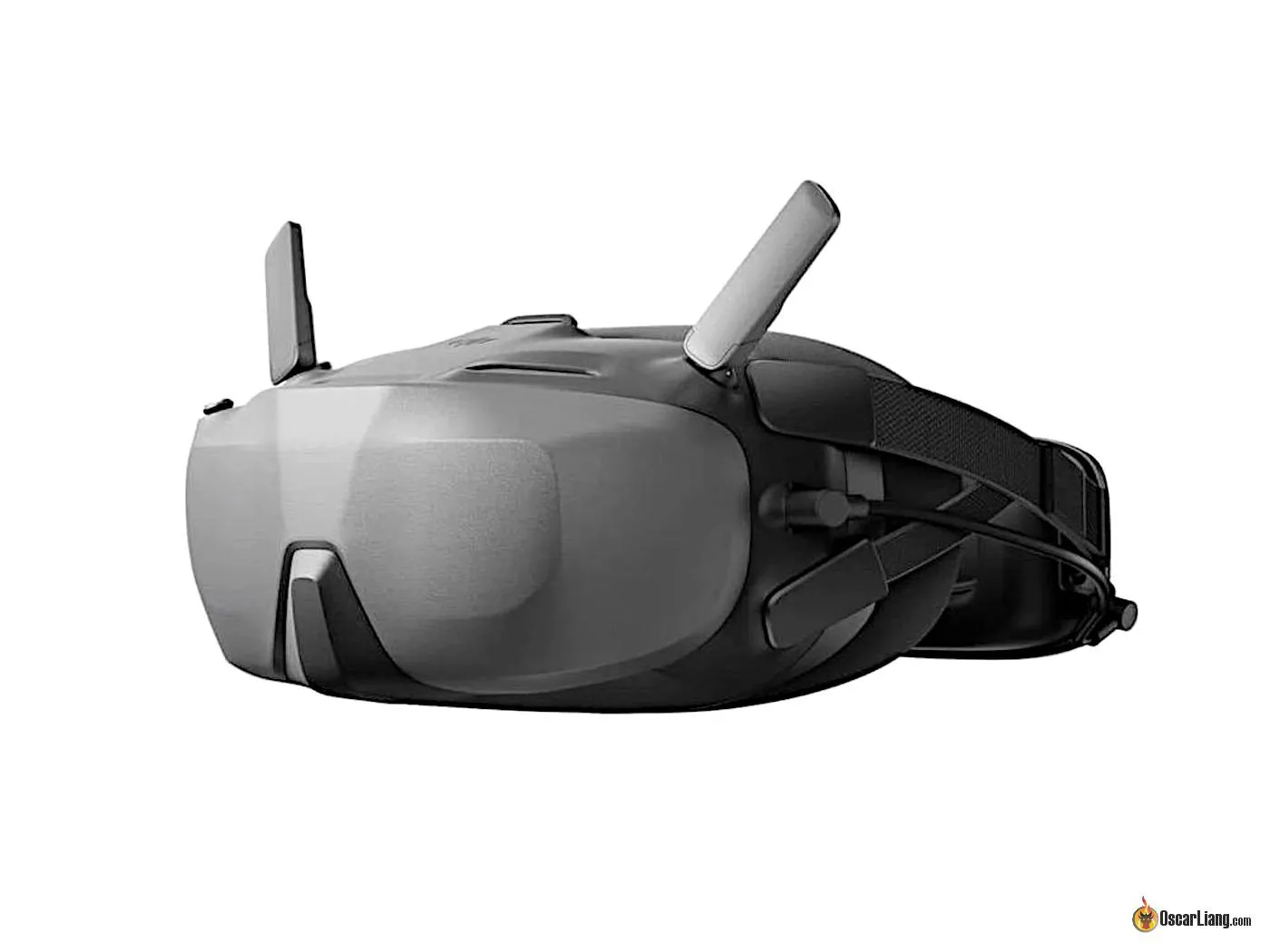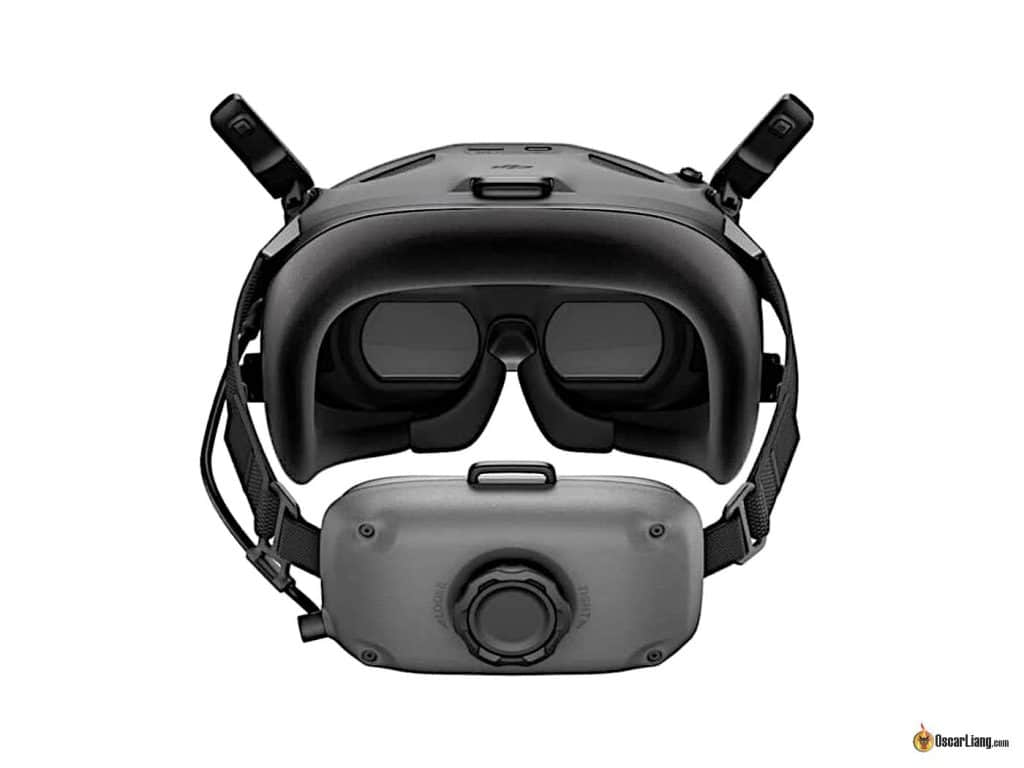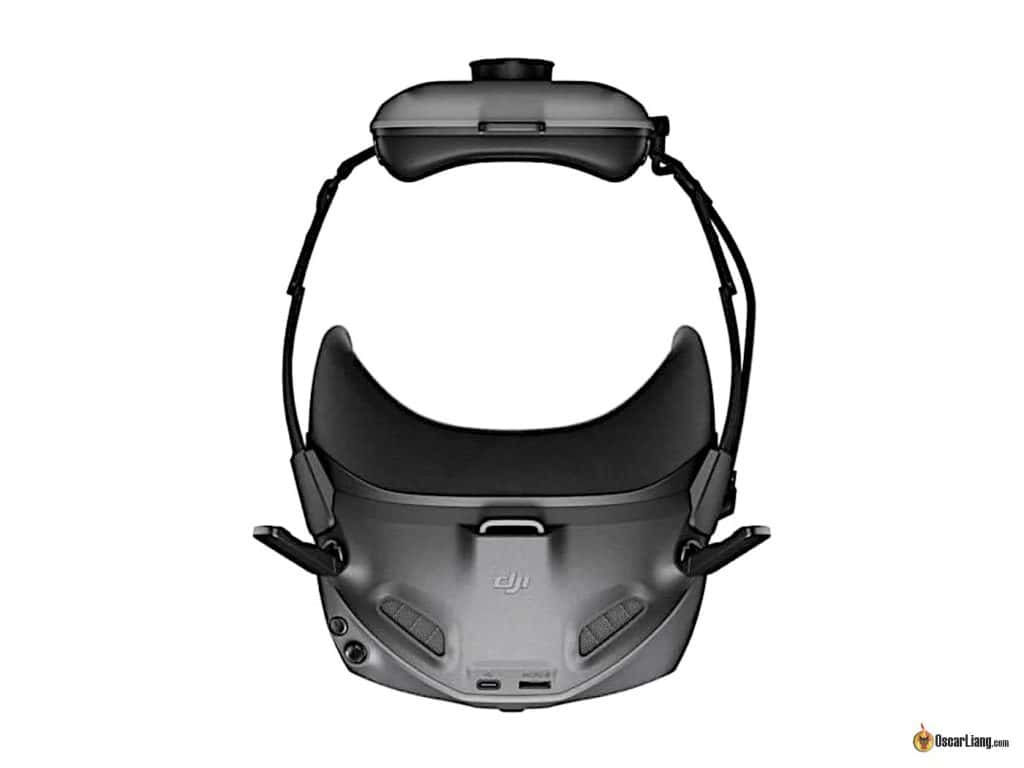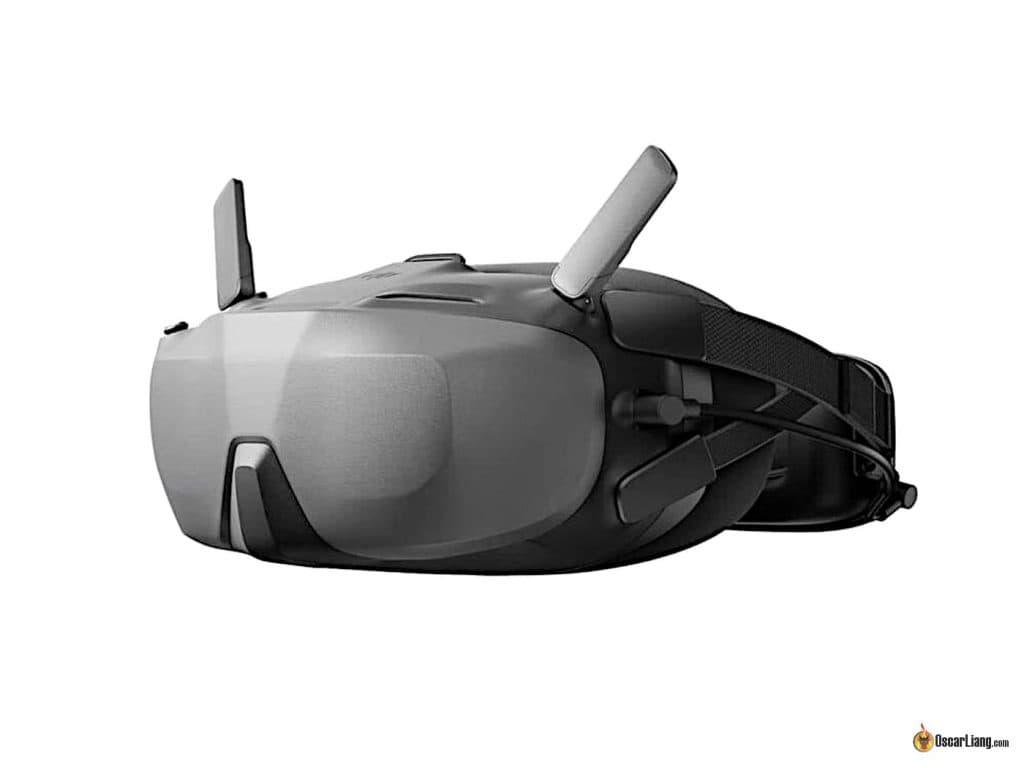The DJI Goggles N3 offers a more affordable entry into the digital FPV market, with a price point that could make digital FPV accessible to a much broader audience. However, it’s not without its drawbacks, which may be deal-breakers for some users. Let’s check out its design, features, specifications and how it compares to the Goggles 3.
Still debating which FPV system to get? Check out my buyer’s guide: https://oscarliang.com/fpv-system/
Table of Contents
Where to Buy
You can purchase the DJI Goggles N3 from:
- GetFPV: https://oscarliang.com/product-gqfi
- AliExpress: https://s.click.aliexpress.com/e/_DlIxzct
- RDQ: https://oscarliang.com/product-irus
DJI N3 Goggles Specifications
- Display: 1080p LCD, 16:9
- Field of View (FOV): 54°
- Refresh Rate: Up to 60Hz
- Design: Single screen, box-style
- Battery: Integrated in headband
- Price: $230
- Compatibility: DJI Neo, DJI Avata 2, DJI RC Motion 3, DJI FPV Remote Controller 3
- Battery Life: 2.7 hours per full charge
- Frequency Band: 2.4GHz and 5.8GHz
- Transmission Bitrate: Up to 60Mbps
- Video Transmission: DJI O4 system with 1080p/60fps live feed, 31ms minimum latency, up to 13 km range
- Latency: Moderate, acceptable for most users
- SD Card Support: Yes, for onboard recording
- Charging: USB-C
- Control: Head tracking and AR cursor
- Defogging: One-tap defogging with an internal fan
- Max Transmission Distance with Avata 2: 13 km (FCC), 10 km (CE)
Comparison Table: DJI N3 Goggles vs. Goggles 3
| Feature | DJI N3 Goggles | DJI Goggles 3 |
|---|---|---|
| Display | 60Hz LCD | 100Hz OLED |
| Design | Box-style, single screen | Binocular, compact style |
| Battery | Integrated | Integrated |
| Price | $230 | $499 |
| Compatibility | DJI Neo, Avata 2, O4 | DJI Neo, Avata 2, Air 3, Mini 4 Pro, O3, O4 |
| Field of View (FOV) | 54° | 44° |
| Battery Life | 2.7 hours | 3 hours |
| Transmission | O4 (2.4/5.8 GHz) | O4 (2.4/5.8 GHz) |
| Latency | Moderate, suitable for general use | Low latency, optimal for precision |
| SD Card Support | Yes | Yes |
| Charging | USB-C | USB-C |
| Additional Features | One Tap defogging, real-time sharing | Built-in diopters, lower latency |
Key Features of the DJI Goggles N3
Priced at $230, the DJI Goggles N3 is a significantly cheaper alternative to the DJI Goggles 3, currently priced at $499. The $270 difference could make the N3 particularly attractive to FPV newcomers.
Here’s a closer look at what the N3 offers:
- Familiar Design: The N3 adopts a box goggle design similar to the Goggles V2, which some users find more comfortable due to its larger contact area and less preasure on the face. However they are slightly heavier than the Goggles 2 and Goggles 3.
- Single LCD Screen: Unlike the dual-screen Goggles 3, the N3 features a single LCD screen. Although it may not offer the sharpness or contrast of OLED screens, it provides a solid viewing experience. The screen is actually located on the roof of the goggles, and there’s a mirror in the front reflecting the image through the lenses, so the image can appear further away and reduces eye strain for the user, but this setup also makes the goggles slightly bigger even compared to the previous Goggles V1 and V2.
- Joystick Menu Control: Similar to the Goggles 3, the N3 uses a joystick and menu button for easy navigation.
- Integrated Battery in Headband: The integrated battery in the headband keeps the design streamlined, though the power cable is exposed rather than fully integrated like in the Goggles 3.
- Expected Compatibility with O4 Air Units: The N3 is expected to support the upcoming DJI O4 Air Units, making it an affordable way to experience DJI’s digital FPV system.
- Lack of IPD and Focus Adjustments: The N3 doesn’t offer IPD (Interpupillary Distance) or focus adjustments, but this is typical of box-style goggles. Users can wear glasses comfortably with the N3, just as they could with the Goggles V2.
Addressing the Price Barrier in FPV
The high cost of FPV goggles has often been a barrier to entry for new pilots. With prices for digital FPV goggles generally ranging between $500 and $600, adding in the cost of video transmitters and cameras (often $100–$200 each) makes for a significant investment.
At $230, DJI’s N3 Goggles could capture the budget-conscious segment of the market and compete with alternatives like the Walksnail Avatar Goggles L. For pilots hesitant to spend $500 or more, the N3 may be the affordable solution they’ve been looking for.
With FPV goggle prices for analog systems still hovering between $400 and $600, the N3’s pricing positions it as a more attractive option, especially for those looking to make the shift from analog to digital.
Compatibility
The N3 is compatible with the DJI Neo and Avata 2, and it should also support the upcoming O4 Air Units. However, compatibility with older DJI drones and air units remains unclear.
There is particular curiosity about whether the N3 will support the O3 Air Unit, which is compatible with the Goggles 3. Compatibility with O3 would enhance the N3’s versatility, especially for pilots who already own O3 units. While firmware updates are not guaranteed, DJI has a history of expanding compatibility through updates, so this may be a possibility for the N3. But we don’t know if this will ever happen.
Latency
One potential downside of the N3 is the lack of a 100Hz screen refresh rate. While the O4 transmission supports 100Hz, the N3’s 60Hz LCD screen could result in slightly higher latency compared to the Goggles 3, which may be an issue for competitive pilots who prioritize low-latency performance. For general use, however, most users are likely to find the N3’s latency acceptable.
Final Thoughts: A New Gateway for FPV Pilots
DJI appears to be positioning the N3 as an accessible entry point into digital FPV. With its budget-friendly price, straightforward design, and compatibility with the latest O4 Air Units, the N3 could attract newcomers and analog-to-digital upgraders alike.
You can purchase the DJI Goggles N3 from:
- GetFPV: https://oscarliang.com/product-gqfi
- AliExpress: https://s.click.aliexpress.com/e/_DlIxzct
- RDQ: https://oscarliang.com/product-irus
However, it doesn’t provide the same image quality or low latency as the premium Goggles 3. I have been told by many N3 owners that they are happy with how it performs, but once you have tried the Goggles 3 you do notice the difference in user experience. For serious FPV pilots focused on the highest performance, the Goggles 3 remains the go-to choice for the Avata 2 and DJI’s O4 Air Units. But for those looking to experience DJI’s digital FPV at a lower price, the N3 offers an attractive entry point.
Get the DJI Goggles 3 from:
- Amazon: https://amzn.to/43WRh7r
- GetFPV: https://oscarliang.com/product-omvc
- AliExpress: https://s.click.aliexpress.com/e/_DEpVUTV
- NewBeeDrone: https://oscarliang.com/product-cdyj






7 comments
Can i use it in a self-built fpv drone, without this RC motins 3 controller? (Just the O4 Air unity?)
Yes you can.
For both goggles transmission is written as 2.4 and 5.8, isn’t 5.2 evene available for O4?
Do goggles n3 support custom OSD? I can’t find the menu option with my o4 air unit
This could add more fans if it support AV in too.
Great advice
Thx for another review. Personally, I don’t find any compelling reasons to update from the 03 and Goggles 2. As the FPV feeds have the same resolutions. When DJI comes up with more FPV resolution – that’s when my wallet opens up again. But this stuff – it’s just variations on the 03/G2 combo. Which I find very nice – except for trying to focus those damn G2s over the whole FOV. I can get the sides, or the center … but not both – still love em.